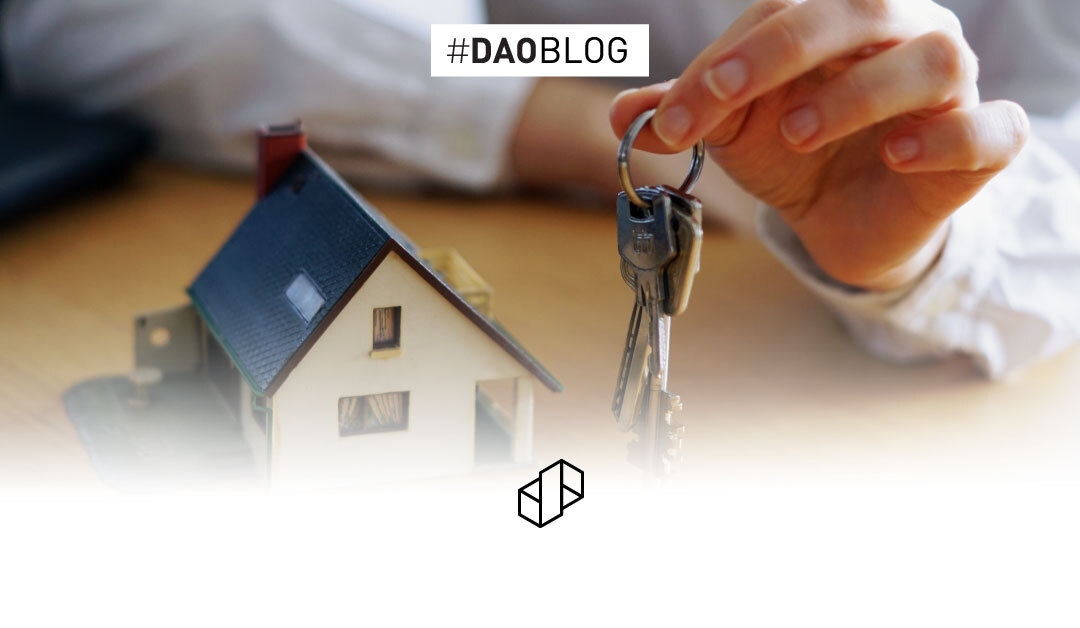
Rethinking Homeownership in Pakistan’s Ever-Evolving Landscape
For generations, the Pakistani dream has revolved around owning a house, seen as the pinnacle of financial stability and triumph. However, as we delve deeper into the complexities of today’s market, it becomes increasingly evident that this cherished aspiration may not align with the wise financial choices of our time. In an era characterized by low rental yields, soaring inflation rates, and a shifting demographic landscape, homeownership itself begs reconsideration, as it can easily become a financial nightmare rather than a path to prosperity.
Join us as we navigate the intricacies of Pakistan’s real estate scene, questioning long-held beliefs and paving the way for a more data-driven approach to achieving true financial freedom.
Low Rental Yields: A Tale of Diminishing Returns
In Pakistan’s real estate market, the annual rental yields on average for residential properties tend to be around 3.5%. Such modest yields paint a concerning picture for prospective homeowners, as the return on investment becomes significantly less enticing when compared to alternative investment avenues. The relatively low rental yields indicate that the income generated from renting out the property may not be substantial enough to justify the financial commitment of homeownership.
Furthermore, the uncertainty surrounding the potential for capital appreciation adds another layer of complexity to the equation. Pakistan’s demographics are rapidly evolving, and so are the preferences of potential homebuyers. As a result, the future appreciation of a residential property becomes a challenging aspect to gauge accurately.
When contemplating the decision to invest in homeownership, it is essential to consider these factors diligently. The modest rental yields and uncertain capital appreciation highlight the need for a careful examination of the overall financial implications, prompting individuals to explore alternative investment strategies that may offer more promising returns in light of the dynamic real estate landscape in Pakistan.
The High Cost of Homeownership
Purchasing a 3,500 sqft house in Pakistan presents a daunting financial challenge for the average family. Based on available data, it would require a savings timeline of more than 15 years to accumulate the necessary funds. Such an extended period of saving, coupled with the substantial financial burden, raises concerns about the viability of homeownership as a suitable investment choice for many individuals and families.
Adding to the financial considerations is the persistent issue of inflation. Over the past four decades, Pakistan has experienced a general inflation rate averaging around 8%, with a standard deviation of 6%. These figures emphasize the continuous rise in the overall cost of living, including the expenses associated with homeownership. As inflation erodes the purchasing power of the currency, the true cost of owning a home becomes even more pronounced.
The combination of the prolonged saving period and the impact of inflation paints a stark reality for aspiring homeowners in Pakistan. It highlights the need for a comprehensive assessment of the long-term financial implications and challenges individuals to carefully weigh the pros and cons of investing in homeownership.
Financing Challenges and the Heavy Burden of Interest Rates
Obtaining home financing in Pakistan is widely recognized as a formidable task, as less than 2% of properties are financed by financial institutions. This limited access to mortgage loans adds an additional hurdle for potential homebuyers, making the dream of homeownership increasingly challenging to achieve.
Compounding the difficulty is the prevailing high-interest rate environment. Historically, the Karachi Interbank Offered Rate (KIBOR) and base interest rates have averaged around 10%. However, as of March 2023, these rates have surged to a staggering 20%. Such elevated interest rates magnify the financial risks associated with borrowing for a home purchase, amplifying the financial burden on homeowners.
These circumstances underscore the uphill battle faced by individuals seeking to finance their home purchases in Pakistan. With limited access to mortgage loans and an onerous interest rate environment, the appeal of homeownership dwindles further.
Changing Demographics and Evolving Preferences
Pakistan is currently witnessing a profound transformation in its demographic landscape, family dynamics, and the gradual dissolution of traditional family structures. These changes, along with advancements in technology, exert a profound influence on housing preferences and demand. As a result, homeowners may discover that the property they once considered their “dream home” may no longer resonate with their evolving needs, preferences, or the shifting market dynamics.
The rapid pace of these societal shifts poses a considerable challenge for homeowners when it comes to selling or renting out their properties at a profitable rate. The evolving tastes and demands of potential buyers or tenants, fueled by changing demographics, can significantly impact the marketability and attractiveness of a property. Consequently, homeowners may find themselves facing difficulties in finding suitable buyers or renters who align with their property’s features and amenities.
Furthermore, technological advancements play a pivotal role in reshaping housing preferences. With the rise of remote work, flexible lifestyles, and the growing prominence of smart home technologies, the expectations and requirements of homebuyers and renters have evolved. Homes that do not cater to these changing demands may face increased difficulties in attracting potential buyers or tenants.
As a result, homeowners must adapt to these shifting trends and be mindful of the evolving market dynamics. Staying abreast of changing preferences, integrating technological advancements, and understanding the needs of potential buyers or renters become crucial considerations when making decisions related to homeownership in Pakistan’s ever-evolving housing landscape.
Homeownership Myth in Pakistan’s Real Estate Theater
The financial and real estate ecosystem, driven by its own interests, often presents homeownership as an attractive and lucrative endeavor. Through aggressive above-the-line (ATL) and below-the-line (BTL) marketing techniques, the industry highlights the benefits of owning a home, emphasizing long-term financial stability and wealth accumulation. Simultaneously, social media campaigns play a significant role in shaping public perception, showcasing success stories, and creating a sense of social validation tied to homeownership.
However, it is essential to approach these narratives with a critical lens. The ecosystem promoting homeownership may have its own biases and vested interests that prioritize the sale of properties. Consequently, individuals and families need to carefully evaluate the financial implications, considering factors such as affordability, long-term financial commitments, and alternative investment opportunities that may better align with their unique circumstances and goals.
By recognizing the influence of the financial and real estate ecosystem, individuals can make more informed decisions about homeownership, taking into account their financial well-being and avoiding potential pitfalls that may arise from an uncritical acceptance of the prevailing narrative.
A Call for Wise, Data-Driven Real Estate Investments
By shifting focus towards productive sectors of the real estate market, investors can align their investments with areas that demonstrate strong demand and growth potential. This approach allows for a more strategic allocation of resources, potentially yielding higher returns compared to traditional homeownership.
Incorporating innovative technologies like DAO Proptech’s platform which provides investors with a wealth of valuable information and data. These tools offer insights into the project selection matrix, real-time data of sq ft. available and sold, projected gains, etc. Armed with this information, investors can make informed choices, leveraging the power of data to optimize their real estate investment strategies.
Ultimately, adopting a data-driven approach and embracing technology-driven solutions empower individuals to make more informed and strategic investment decisions in the realm of real estate. By diversifying their investment portfolio and leveraging innovative tools of Web 3.0, investors can unlock new opportunities and maximize their potential for financial growth.
In the ever-evolving landscape of Pakistan’s real estate market, the traditional idea of owning a home is undergoing a transformation. As rental yields decline and market dynamics change, many people are questioning the value of investing in a house. It’s time to challenge the conventional wisdom and explore new avenues for investment. By embracing change and making decisions based on reliable data, individuals can navigate the complex real estate market and set sail toward a prosperous financial future. The key is to think outside the box, adapt to emerging trends, and take advantage of cutting-edge technologies. In this realm of possibilities, individuals have the power to shape their own success stories and redefine what it means to thrive in Pakistan’s dynamic real estate industry.
For more blogs: Click Here

Khurram Irfan Adhami
Growth Expert

 Book a Meeting
Book a Meeting